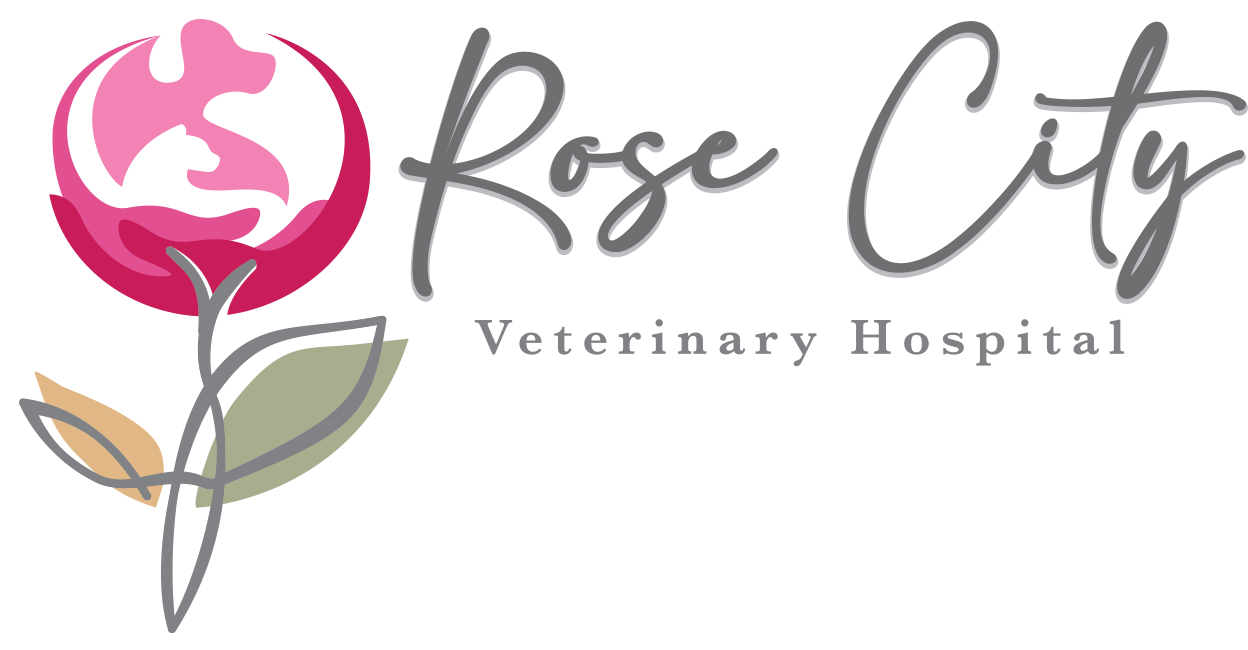Library
-
Leptospirosis is a bacterial disease of dogs and other mammals that primarily affects the liver or kidneys. The bacteria (Leptospira) that cause leptospirosis thrive in water. Infected or recovered carrier dogs may act as a source of the infection. Antibiotics such as penicillin, ampicillin, and amoxicillin are reasonably effective against the acute stages of leptospirosis, if started early, although most affected dogs require intensive care in the veterinary hospital. This disease can be transmitted to humans.
-
In North America, many parasitic lungworms infect cats. Cats can become infected by swallowing infective stages of parasitic lungworm. The exact means of becoming infected varies according to the life cycle of the particular parasite. Signs can include coughing, heavy breathing, wheezing, sneezing, poor appetite or anorexia, weight loss, fever, enlarged lymph nodes, and ocular or nasal discharge, and may be more prominent in kittens due to their immature immune systems. Although the success rate of treatment depends on the severity of symptoms and the number of parasites present, the prognosis for recovery is generally good.
-
The bacterium that causes Lyme disease can be transmitted to dogs through the bite of an infected tick, most commonly the deer tick (black-legged tick), which is found in the midwestern and eastern United States and throughout Canada. The disease typically causes pain and swelling in the affected dog's joints along with decreased appetite and fever. The kidneys are sometimes affected, in which case the disease is often fatal. Diagnostic testing, treatment, and ways to prevent Lyme disease in your dog, including instructions for tick removal, are explained in this handout.
-
Melioidosis is a bacterial infection that is typically associated with tropical regions. The bacteria that causes melioidosis, Burkholderia pseudomallei, is usually found in soil and water. The clinical signs of this condition, along with transmission, diagnosis, treatment, and prognosis, are outlined in this handout.
-
Distemper in Dogs
El moquillo es una enfermedad vírica altamente contagiosa que afecta a los perros domésticos. Otras especies como hurones, mapaches y mofetas también se ven afectadas por esta enfermedad.
-
Pacheco's disease is caused by an avian herpesvirus. It is often a fatal disease, but treatment with an anti-herpes medication may be life-saving if used at first presentation. This disease is seen less often in today's pet bird population since most parrots are domestically raised and not imported.
-
Parvovirus may affect dogs of all ages but is most common in unvaccinated dogs less than one year of age. Young puppies under five months of age are usually the most severely affected and difficult to treat. Clinical signs can vary but generally include severe vomiting and diarrhea; the diarrhea often has a powerful smell, may contain lots of mucus, and may or may not contain blood. Most dogs with CPV infection recover if aggressive treatment is used and if therapy is started before severe septicemia and dehydration occur.
-
The Ebola virus is very contagious and is transmitted through blood, body fluids, and tissues, but not through air, water, or food. Ebola affects humans, non-human primates, and is carried by fruit bats. Other species do not appear to be affected, although there has been evidence of exposure to the disease in dogs, cats, and other domestic animals. Domestic animals are not believed to transmit the virus; however, there is a risk that they could transmit body fluids such as saliva on their fur to other humans. Any potential exposure to Ebola should be reported to your veterinarian who will contact the Center for Disease Control (CDC).
-
Avian polyomavirus infection (APV) of pet birds belongs to the family Polyomaviridae. APV can cause benign feather lesions in budgies, slow crop emptying in weanling parrots, hemorrhages on the skin, or acute death. Species particularly susceptible to APV infection include budgies, Eclectus parrots, Caiques, and hawk-head parrots. Clinical signs, diagnostic testing, and preventive measures are explained in this handout.
-
Feline poxvirus is a relative of the human smallpox virus seen mainly in Asia, Europe, and England. It causes skin lesions around the head, neck, and forelimbs, such as ulcerations, scabs, or abscesses. Cats often recover on their own with no further symptoms unless they are immunocompromised. There is no specific treatment or vaccine. Antibiotics may be used to control secondary infections. The virus can be transmitted to humans but can be significantly reduced by basic hygiene precautions.



